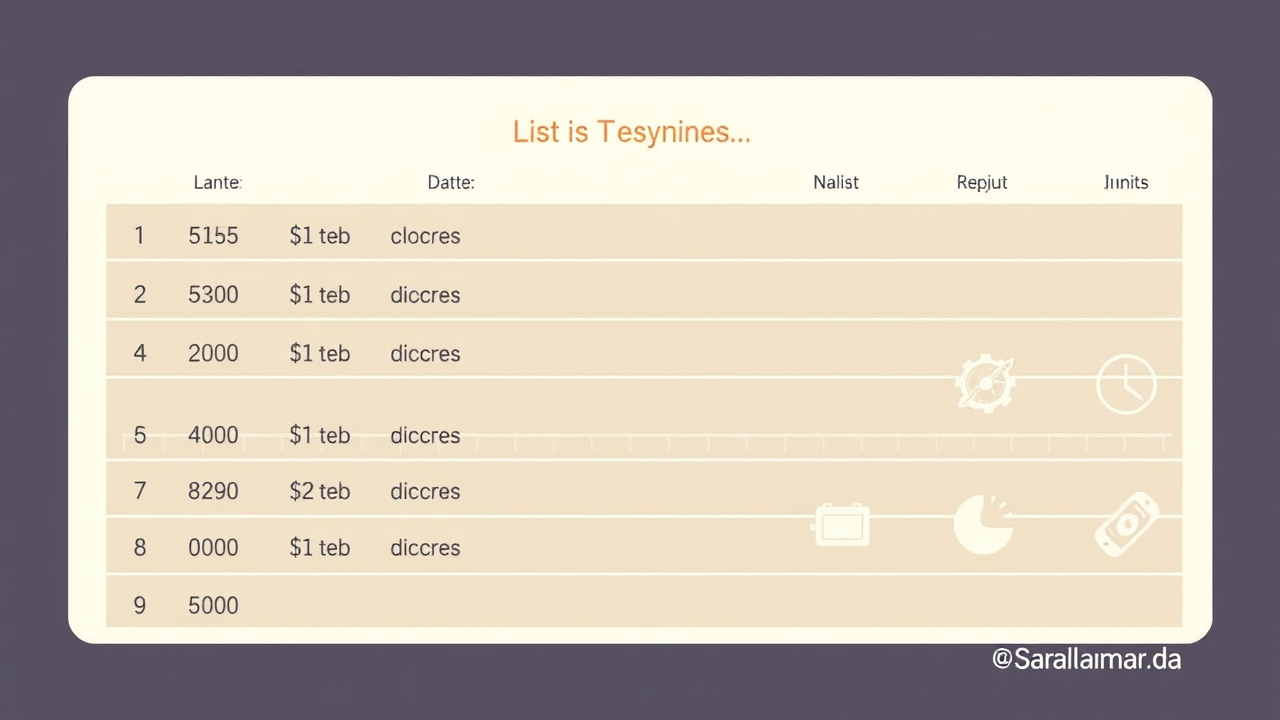 Saralnama
SaralnamaSI Unit: Every measurement we make, be it for length, time, temperature, or electric current, needs a standard unit so that results are understood universally. To maintain uniformity worldwide, scientists agreed upon a system of measurement known as the International System of Units (SI). It was adopted in 1960 and is accepted globally for scientific, industrial, and everyday use. The SI system ensures that everyone uses the same base when measuring quantities like distance, weight, or energy. For example, a meter (m) represents the same length regardless of whether you are in India, Japan, or the United States. The SI system is built around seven base units, and from these,
List of SI Units and Symbols – dates & eligibility — Key details for readers
Whether it’s a scientist measuring radiation, an engineer calculating force, or a student learning physics, the SI units make sure everyone speaks the same language of measurement. Understanding these units and symbols helps in comparing results accurately and maintaining precision in every field, from daily life to advanced technology. This note explains the confirmed facts in simple words and avoids speculation so readers can understand quickly.
List of SI Units and Symbols – dates & eligibility — Background and present
For example, a meter (m) represents the same length regardless of whether you are in India, Japan, or the United States. The SI system is built around seven base units, and from these, many derived units are formed to measure complex quantities such as force, pressure, and energy. Check out: List of Shortcut Keys in Computer Here is the list of all the SI Units and their symbols: Radioactivity (decays per second) Check out: List of Countries Without a Constitution The SI system brings global consistency to measurements.
Key Points
- List of SI Units and Symbols dates & eligibility — Key details for readers — key
- Overview: nbsp, system, unit explained for quick understanding
Source: link
